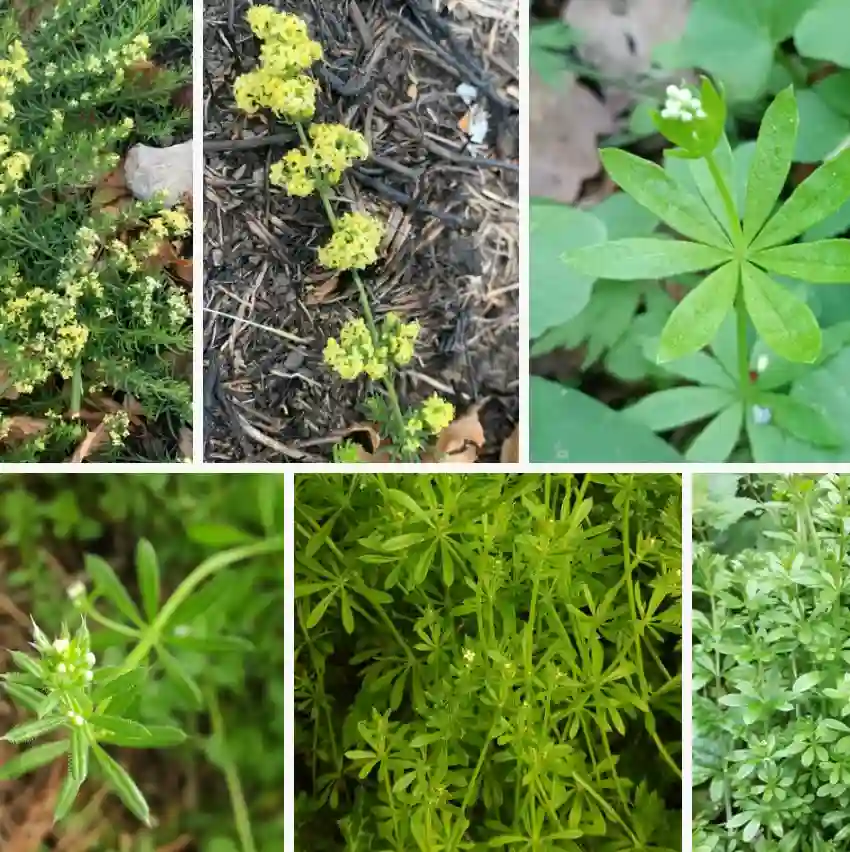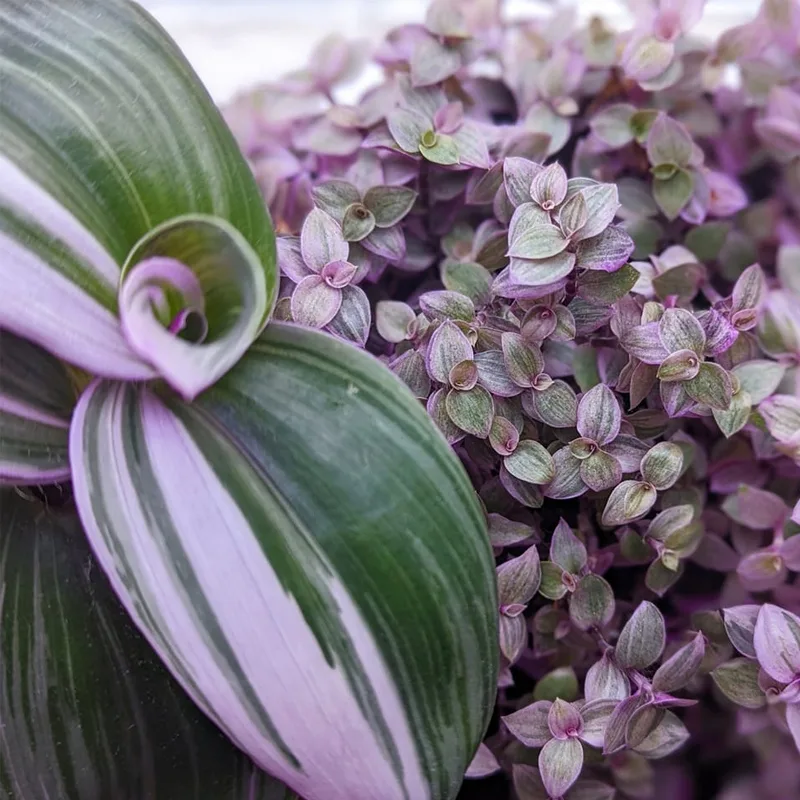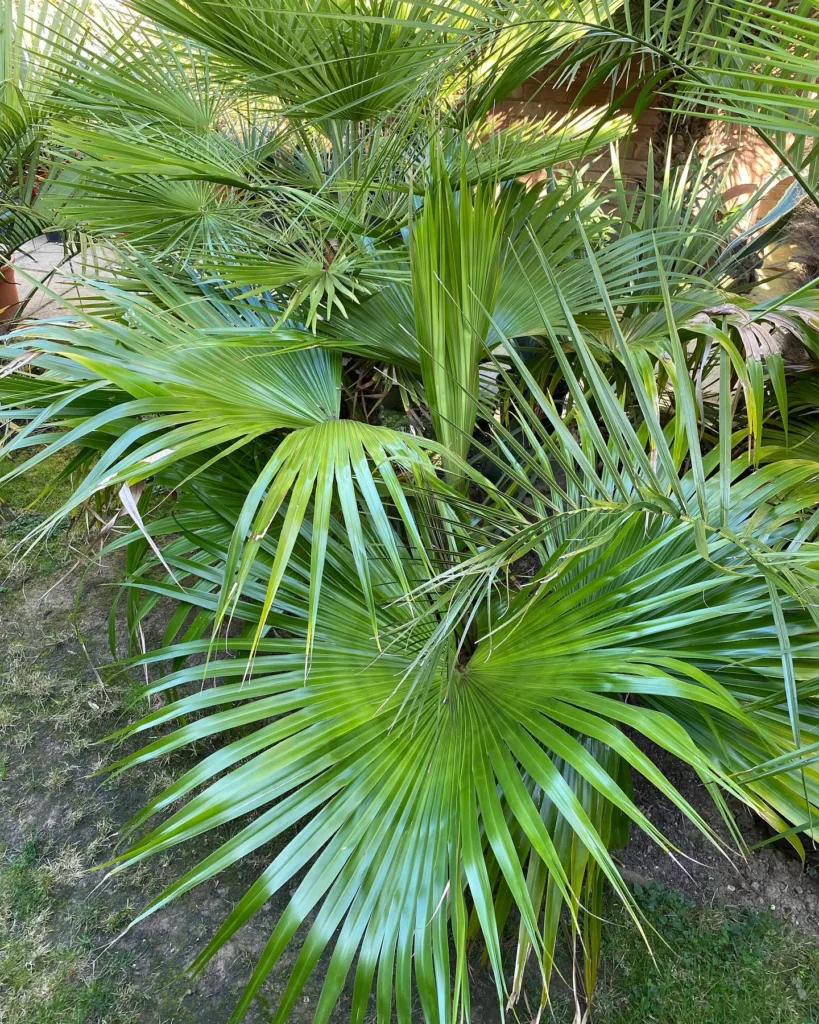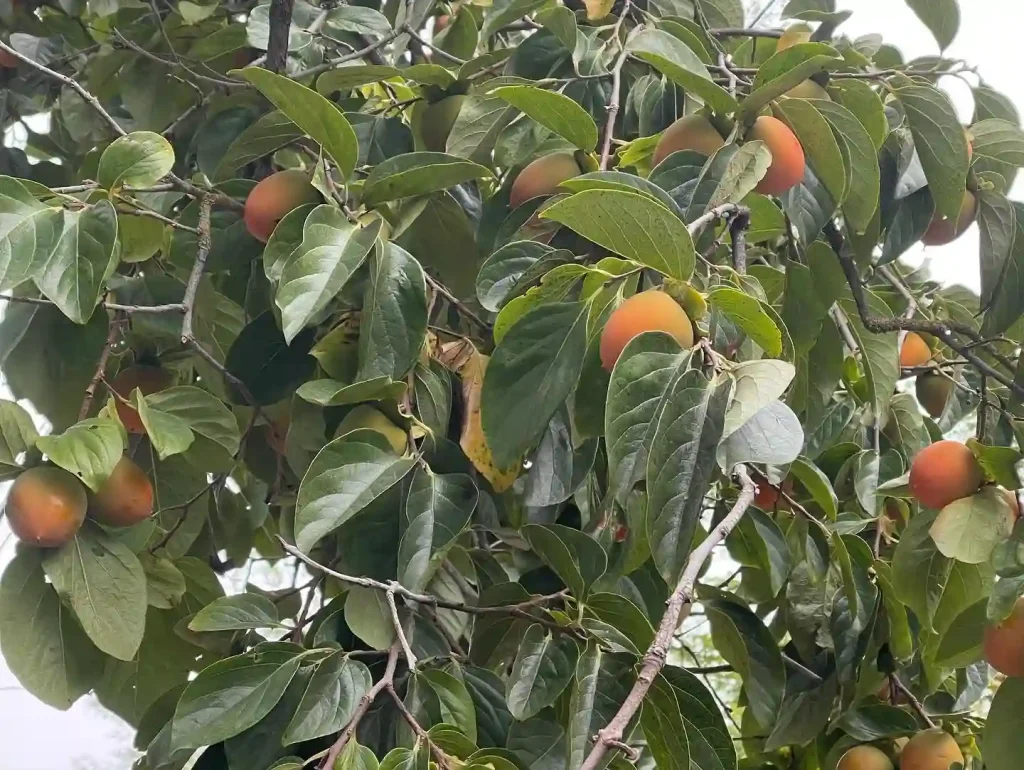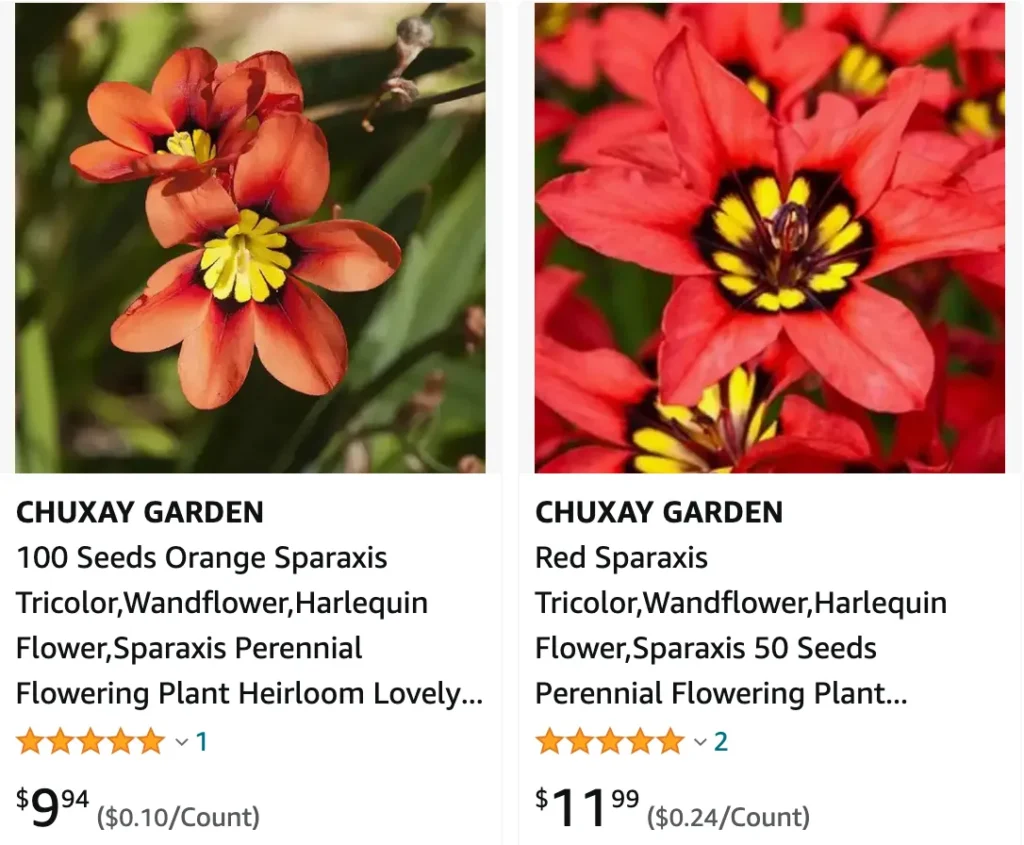
The Unassuming Beauty of the Wandflower: A Gardener’s Guide
Wandflowers have quietly graced my garden for years, their delicate blooms adding a touch of whimsy to the summer borders. But beneath their unassuming beauty lies a surprising amount of variety and resilience. These low-maintenance perennials are a welcome addition to any garden, offering a long season of color with minimal fuss.
What is a Wandflower?
There are actually two main contenders for the title “wandflower.” The first is the Sparaxis tricolor, a member of the iris family that hails from South Africa. This vibrantly colored corm (a bulb-like underground stem) produces showy, three-petaled flowers in shades of red, yellow, and orange. They typically bloom in spring and require well-drained soil and a sunny spot.
The more common wandflower in North American gardens, however, is the Gaura lindheimeri. This native Texan wildflower boasts airy, wand-like stems adorned with delicate pink or white flowers. Unlike its South African cousin, Gaura is a true perennial, returning year after year with minimal winter protection.
Do Wandflowers Grow in Oregon?
Absolutely! Gaura lindheimeri thrives in a wide range of climates, including the Pacific Northwest. Its heat and drought tolerance make it well-suited for Oregon’s dry summers, and its long bloom time (from early summer to fall) will extend your garden’s color palette. Just ensure you plant it in a sunny location with well-drained soil.
For gardeners in Oregon seeking a touch of South African flair, Sparaxis tricolor can be a bit trickier. While they can technically be grown in containers, their preference for warm winters might make them a challenge outdoors. However, with careful winter protection (such as digging up the corms and storing them in a cool, dry place), you might be able to coax them into bloom.
How to Care for Wandflowers?
Both Gaura and Sparaxis are relatively low-maintenance plants. Here’s a quick guide to keeping them happy:
- Light: Both varieties prefer full sun, although Gaura can tolerate some light shade.
- Soil: Well-drained soil is key. Amend your planting area with sand or gravel if necessary to ensure good drainage.
- Watering: Water regularly during the first growing season, but established plants are quite drought tolerant.
- Feeding: A light feeding in early spring with a balanced fertilizer is beneficial, but not essential.
- Deadheading: Regularly removing spent blooms encourages continuous flowering throughout the season.
How to Propagate Wandflowers?
Wandflowers offer gardeners two methods of propagation: division and seeds.
- Division: Gaura can be easily divided in spring or fall. Simply dig up the clump, carefully separate the roots, and replant the divisions in their new locations.
- Seeds: Both Gaura and Sparaxis can be grown from seed, although Sparaxis germination can be a bit slower and more challenging. Sow seeds indoors a few weeks before the last frost date and transplant seedlings outdoors once the danger of frost has passed.
What to Plant with Wandflowers?
The airy form and delicate blooms of wandflowers make them excellent companions for a variety of plants. Here are a few suggestions:
- Grasses: Ornamental grasses add texture and movement to the border, complementing the airy nature of wandflowers. Try blue fescue, maiden grass, or switchgrass.
- Coneflowers: These bold perennials provide a vibrant contrast to the delicate blooms of wandflowers. Echinacea purpurea (purple coneflower) and Echinacea tennesseensis (Tennessee coneflower) are excellent choices.
- Salvias: Salvias come in a range of colors and bloom times, offering another layer of interest to the border. Try Salvia nemorosa (Salvia x sylvestris, bluebells) for a cool blue addition or Salvia coccinea (scarlet sage) for a fiery red accent.
Is Wandflower Poisonous to Dogs?
Thankfully, both Gaura and Sparaxis are considered non-toxic to dogs and cats by the American Society for the Prevention of Cruelty to Animals (ASPCA) https://www.aspca.org/pet-care/animal-poison-control. However, it’s always best to supervise pets around new plants and consult a veterinarian if you have any concerns.
Wandflowers may not be the most flamboyant addition to the garden, but their quiet elegance and ease of care make them a true gardener’s delight. With their long bloom time and low maintenance needs, they’re sure to become a favorite in your own backyard haven.
If i die, water my plants!
